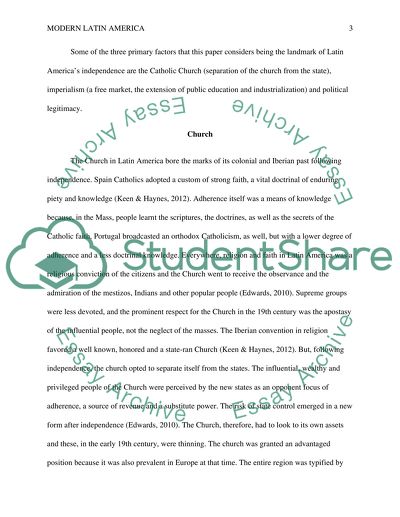Cite this document
(“Modern Latin America Essay Example | Topics and Well Written Essays - 1250 words”, n.d.)
Modern Latin America Essay Example | Topics and Well Written Essays - 1250 words. Retrieved from https://studentshare.org/history/1487347-what-were-the-three-most-important-continuities
Modern Latin America Essay Example | Topics and Well Written Essays - 1250 words. Retrieved from https://studentshare.org/history/1487347-what-were-the-three-most-important-continuities
(Modern Latin America Essay Example | Topics and Well Written Essays - 1250 Words)
Modern Latin America Essay Example | Topics and Well Written Essays - 1250 Words. https://studentshare.org/history/1487347-what-were-the-three-most-important-continuities.
Modern Latin America Essay Example | Topics and Well Written Essays - 1250 Words. https://studentshare.org/history/1487347-what-were-the-three-most-important-continuities.
“Modern Latin America Essay Example | Topics and Well Written Essays - 1250 Words”, n.d. https://studentshare.org/history/1487347-what-were-the-three-most-important-continuities.


